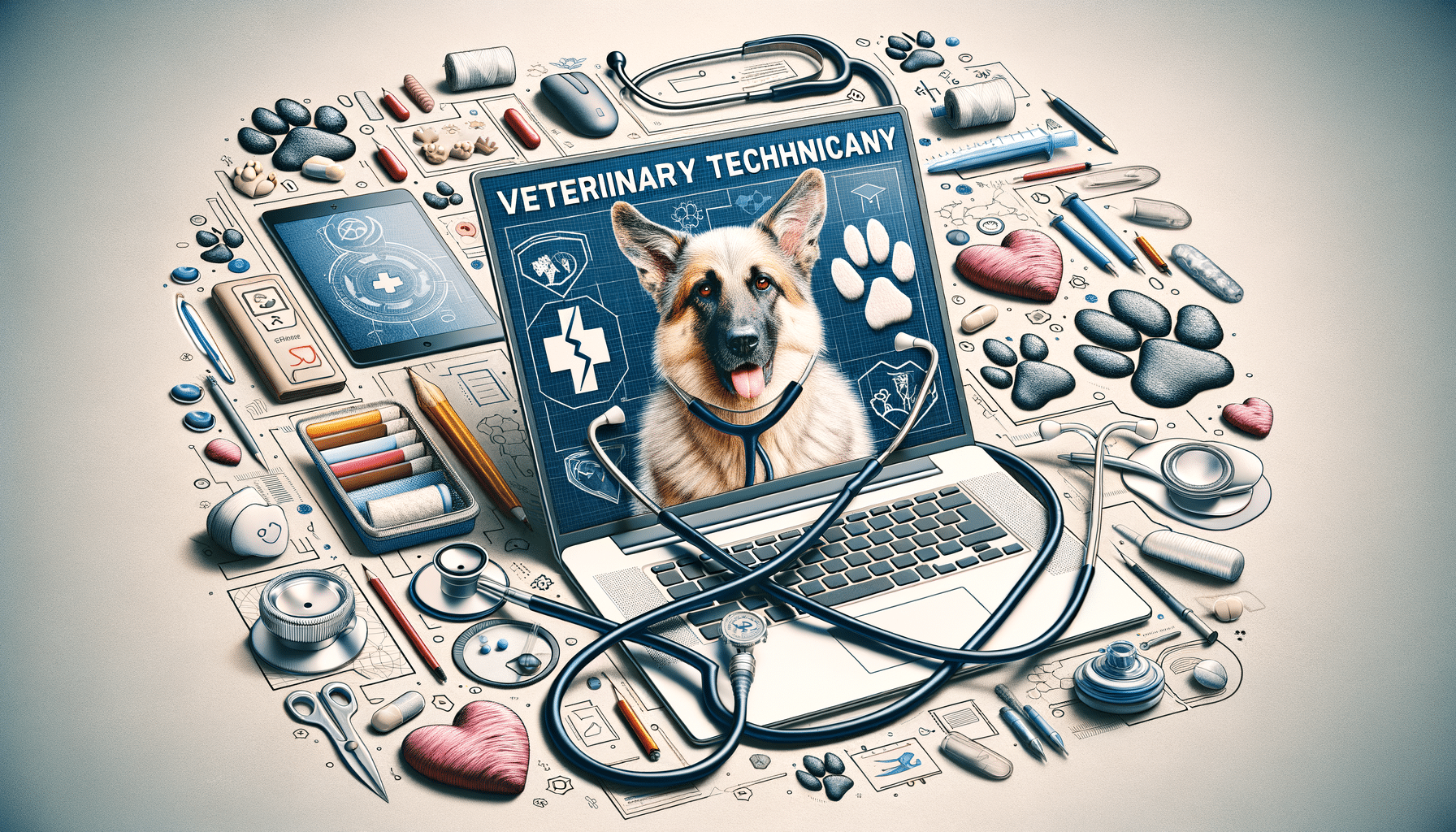
Discover Online Veterinary Technician Courses. Begin Your Journey
The Role of a Veterinary Technician
The role of a veterinary technician is crucial in the veterinary field, acting as the backbone of animal healthcare teams. These professionals are involved in a variety of tasks that ensure the well-being of animals, from assisting in surgical procedures to providing routine care and conducting laboratory tests. Veterinary technicians work closely with veterinarians to diagnose and treat animals, making their role indispensable in animal healthcare.
Veterinary technicians are trained to perform a myriad of tasks, which include:
- Conducting physical exams and recording health histories
- Administering medications and vaccinations
- Assisting in surgeries and emergency procedures
- Performing laboratory diagnostics
- Educating pet owners on animal care
The demand for veterinary technicians is steadily increasing, driven by a growing awareness of animal health and welfare. This career path not only offers job security but also the rewarding experience of making a difference in the lives of animals and their owners. As the veterinary field continues to evolve, the role of a veterinary technician becomes even more vital, requiring them to stay updated with the latest in veterinary medicine and technology.
Advantages of Online Veterinary Technician Courses
Pursuing a career as a veterinary technician has become more accessible thanks to online courses. These programs offer numerous benefits, making it easier for aspiring technicians to achieve their career goals. One of the most significant advantages is the flexibility that online courses provide. Students can learn at their own pace, allowing them to balance their studies with personal and professional commitments.
Online veterinary technician courses also tend to be more affordable than traditional on-campus programs. This cost-effectiveness, coupled with the ability to study from anywhere, makes these courses an attractive option for many. Additionally, online programs often offer a wide range of resources and support, including virtual labs and interactive modules, to ensure that students receive a comprehensive education.
Another key benefit is the opportunity to learn from a diverse group of instructors and peers from around the world. This exposure to different perspectives and experiences enriches the learning process and prepares students for the global nature of veterinary work. With the ever-increasing demand for veterinary technicians, enrolling in an online course is a practical step towards a fulfilling and impactful career.
Steps to Enroll in an Accredited Veterinary Technician Program
Enrolling in an accredited veterinary technician program is a straightforward process, yet it requires careful planning and consideration. The first step is to research and select a program that fits your needs and career goals. Accreditation is crucial as it ensures that the program meets the industry standards and provides a quality education that is recognized by employers.
Once you have selected a program, the next step is to prepare the necessary application materials. This typically includes transcripts, letters of recommendation, and a personal statement outlining your interest in the field. Some programs may also require entrance exams or interviews as part of the application process.
After submitting your application, it is essential to stay informed about deadlines and any additional requirements. Once accepted, you will need to enroll in the courses and plan your study schedule. Many online programs offer support services to help you get started, including academic advising and technical assistance.
Completing an accredited veterinary technician program is a significant achievement that opens doors to various career opportunities. With dedication and the right resources, you can embark on a rewarding journey in the veterinary field, making a positive impact on animal health and welfare.


